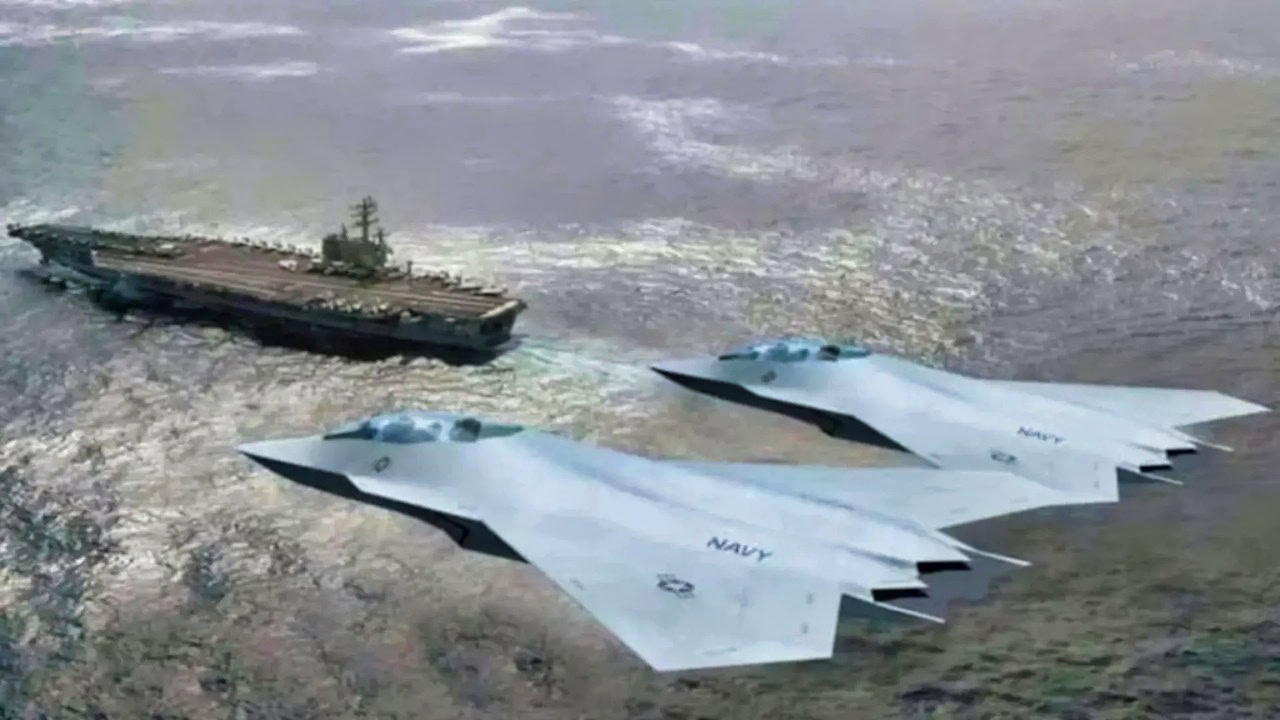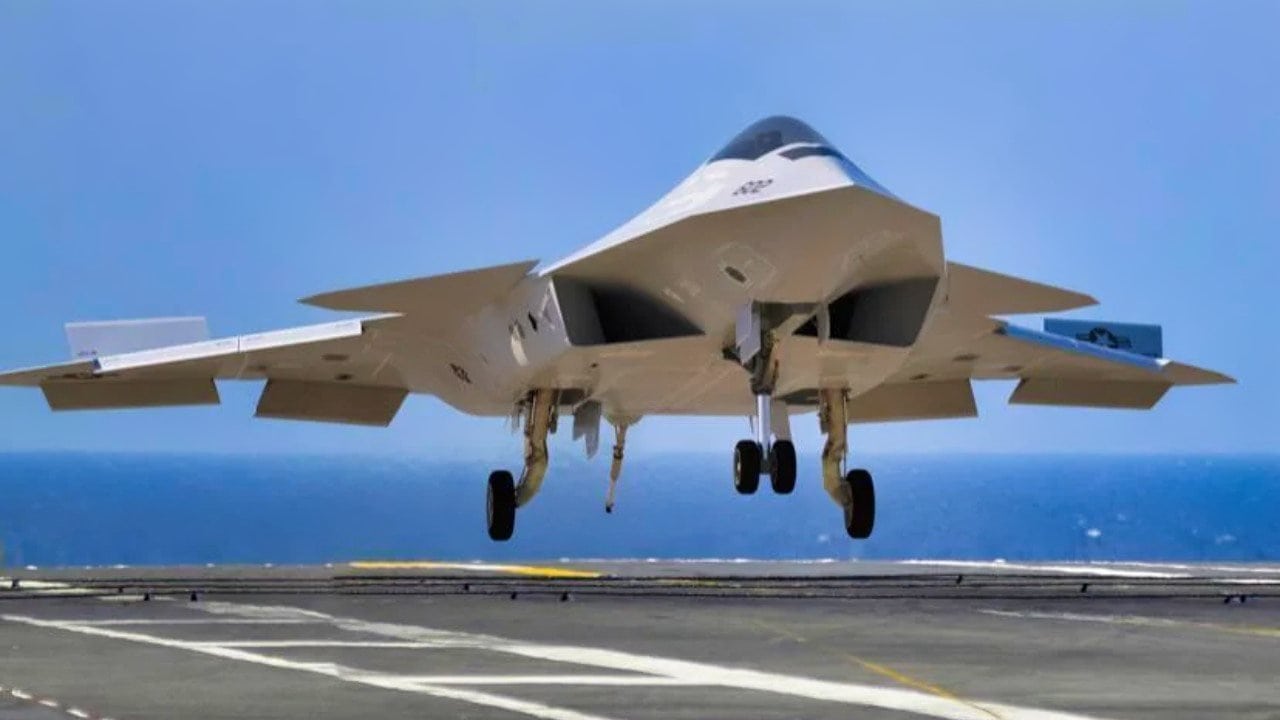When Is the U.S. Air Force Going To Pick F/A-XX? The United States Air Force (USAF) and the United States Navy (USN) have been working hard to develop next-generation fighter aircraft that would replace the F-22A Raptor and the F/A-18E/F, respectively.
The USAF came out from under cover first. On March 21, US President Donald Trump announced from the Oval Office that Boeing would design the Next Generation Air Dominance (NGAD) aircraft, now designated F-47.
Reason to Think Announcement Coming This Week on F/A-XX
Indications from the White House and multiple sources linked to the US Navy and the Pentagon were that a similar announcement would soon be made for a winner of the F/A-XX. This is the official program designator for the F/A-18E/F aircraft replacement.
Lockheed Martin was previously down-selected for the final round of the proposals for the Navy’s 6th-generation jet, leaving Boeing and Northrop Grumman as the two possible winners.
However, with no selection for the F/A-XX having been announced, the safest bet is that the USN will now use the platform of its annual industry event, the April 6-9 Sea-Air-Space exposition, held at the Gaylord Resort at Washington’s National Harbor.
“It is the oldest game that there is in the defense business,” said a senior European defense publication editor based in Paris. “We have watched people do this at Le Bourget for decades. Wait to announce your program until the biggest exhibition of the year in your industry to be held in order to secure maximum exposure. With all those members of Congress and DoD officials to be in attendance it is the best free publicity that you can ask for.”
F/A-XX: Running Behind the USAF
Discussions on the program at last year’s event were less than revealing. There was no end of speculation as to how far behind the Navy might be in having an actual flying example of its design compared to the NGAD project, which reportedly has had prototypes flying for several years.
During the expo, more than one industry representative commented that with the F/A-18E/F and carrier-capable F-35C both going out of production in the near future, the service would be faced with a serious quandary. The Navy would be receiving the new Gerald Ford-class carriers as they came on-line, but there would be no new aircraft to operate from their flight decks.
In what seems to be a stop-gap measure to extend production of the F-35C beyond previously projected dates, the US Marine Corps has decided to purchase more than the initially planned number of F-35Cs. These additional carrier versions of the aircraft will be acquired at the expense of the stealthy aircraft’s F-35B vertical take-off variant.
The overall intention, said a retired US defense industry executive, is to have some aircraft still in production “in case a conflict arises and new aircraft would be needed to be manufactured to provide replacements. It is also conceivable that there could be specific innovations being developed for the F/A-XX that could be integrated into new F-35Cs so that these new on-board systems could be ‘pre-prototype flight-tested'”
The Veil of Secrecy
During the late 1980s, the ill-fated General Dynamics-McDonnell-Douglas stealthy A-12 carrier attack aircraft that was to be built for the US Navy and the F-22 prototype that was being designed by the Lockheed-Boeing-General Dynamics team were both being designed at the same Fort Worth, Texas, General Dynamics plant.
When I was at the Fort Worth facility, I remember both programs were Special Access Required, and all personnel needed specific clearances to be read in on these projects. There was no shortage of procedures and access control measures within an already secure, access-controlled facility to make sure no one knew what was going on inside either building where the two different aircraft were under development.
At the time, I remarked that there almost appeared to be a contest between the USAF and the USN to see which program could require more security protocols.

F/A-XX Fighter for US Navy. Navy graphic mockup.
“The Navy has been winning that contest for some time now,” said one senior design engineer at Fort Worth. “They are determined to keep the true shape, size and configuration of this aircraft a complete mystery.”
This tradition of “being spookier than the USAF” continues with the F/A-XX. No one will know or hear much about the program until the Navy program team wants them to. What we then learn when the program is announced will be even less than what we were shown of the F-47 when it was first made known to the world.
About the Author: Reuben F. Johnson
Reuben F. Johnson is a survivor of the February 2022 Russian invasion of Ukraine and is an Expert on Foreign Military Affairs with the Fundacja im. Kazimierza Pułaskiego in Warsaw. He has been a consultant to the Pentagon, several NATO governments and the Australian government in the fields of defense technology and weapon systems design. Over the past 30 years he has resided in and reported from Russia, Ukraine, Poland, Brazil, the People’s Republic of China and Australia.

